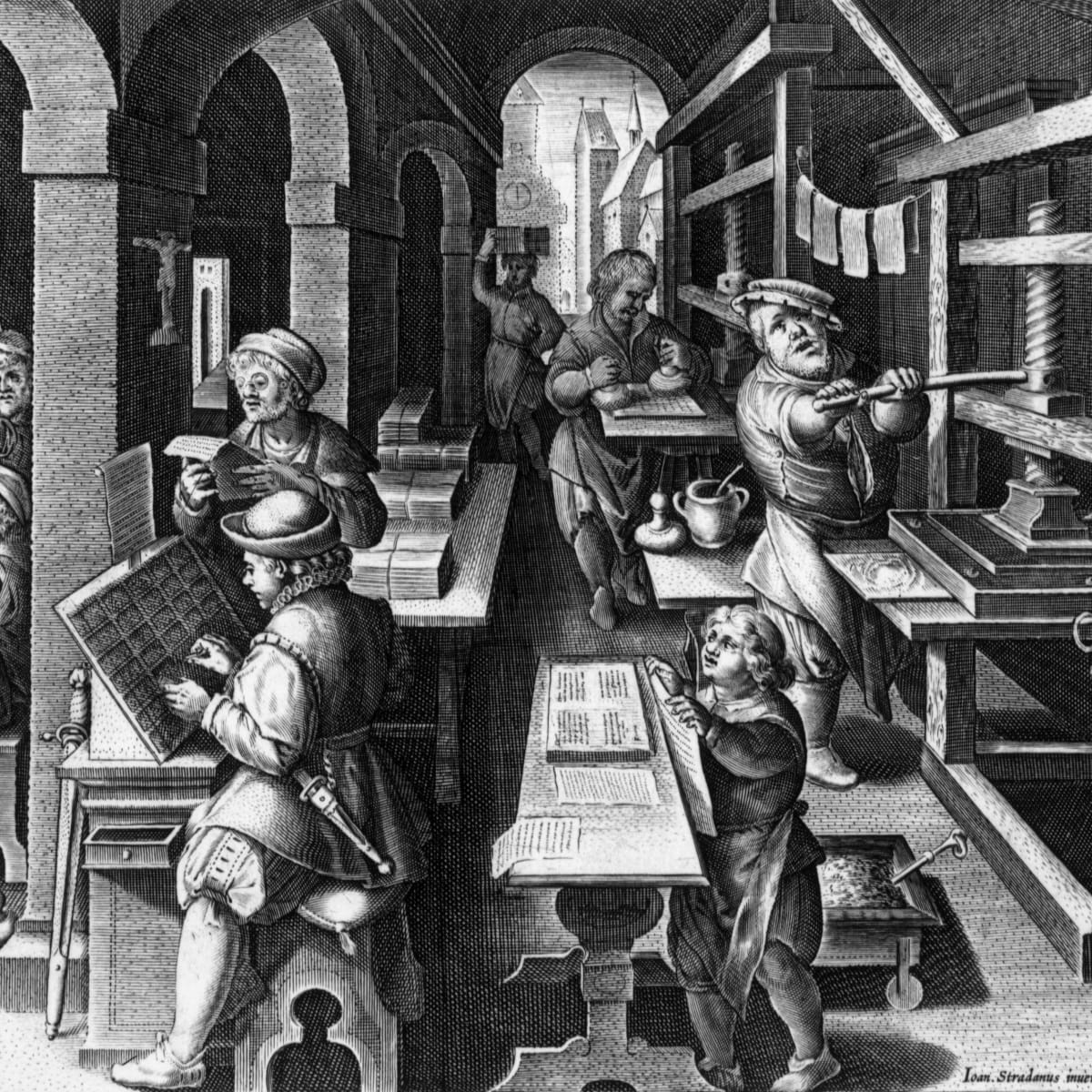
Technologies preceding the press that led to the press’s invention included: manufacturing of paper, development of ink, woodblock printing, and distribution of eyeglasses. Photo by Gun Powder Ma, Historisches Museum der Pfalz, Wikimedia Commons Such screw presses were applied in Europe to a wide range of uses and provided Gutenberg with the model for his printing press. BackgroundĮconomic Conditions and Intellectual ClimateĮarly modern wine press. In the 19th century, the replacement of the hand-operated Gutenberg-style press by steam-powered rotary presses allowed printing on an industrial scale. Across Europe, the increasing cultural self-awareness of its peoples led to the rise of proto-nationalism, and accelerated the development of European vernaculars, to the detriment of Latin’s status as lingua franca. The sharp increase in literacy broke the monopoly of the literate elite on education and learning and bolstered the emerging middle class. The relatively unrestricted circulation of information and (revolutionary) ideas transcended borders, captured the masses in the Reformation and threatened the power of political and religious authorities. The arrival of mechanical movable type printing in Europe in the Renaissance introduced the era of mass communication, which permanently altered the structure of society. The operation of a press became synonymous with the enterprise of printing, and lent its name to a new medium of expression and communication, “the press”. By the mid 17th century the first printing presses arrived in colonial America in response to the increasing demand for Bibles and other religious literature. In the 16th century, with presses spreading further afield, their output rose tenfold to an estimated 150 to 200 million copies. By 1500, printing presses in operation throughout Western Europe had already produced more than twenty million volumes. His two inventions, the hand mould and the movable-type printing press, together drastically reduced the cost of printing books and other documents in Europe, particularly for shorter print runs.įrom Mainz the movable-type printing press spread within several decades to over two hundred cities in a dozen European countries. Gutenberg’s newly devised hand mould made possible the precise and rapid creation of metal movable type in large quantities.


Modelled on the design of existing screw presses, a single Renaissance movable-type printing press could produce up to 3,600 pages per workday, compared to forty by hand-printing and a few by hand-copying. In Germany, around 1440, goldsmith Johannes Gutenberg invented the movable-type printing press, which started the Printing Revolution.

Typically used for texts, the invention and global spread of the printing press was one of the most influential events in the second millennium. It marked a dramatic improvement on earlier printing methods in which the cloth, paper or other medium was brushed or rubbed repeatedly to achieve the transfer of ink, and accelerated the process. The arrival of mechanical movable type printing in Europe in the Renaissance introduced a new era of mass communication.Ī printing press is a mechanical device for applying pressure to an inked surface resting upon a print medium (such as paper or cloth), thereby transferring the ink. Photo by vlasta2, International Printing Museum, Wikimedia Commons


 0 kommentar(er)
0 kommentar(er)
